Fashion is an infinite reincarnation. Popular materials, styles, crafts, and cuts are eventually become classics over time. Velvet, retro and luxurious elements give a classic and advanced impression but vaguely reveals seduction and sensuality. It is the most IN in early autumn with its lustrous gorgeous luster and unique luxurious drape texture and lazy yet elegant tone. Fashion icon.
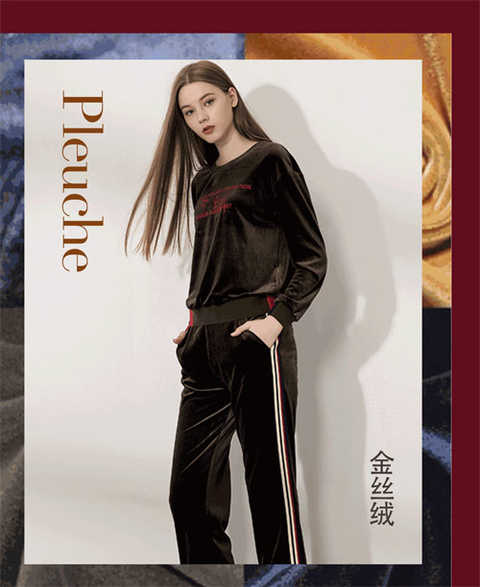
How much do you know about the past and present of velvet? (Knocking the blackboard: rising knowledge) In fact, in the 16th century, Queen Elizabeth I wore velvet-made Chinese clothes.
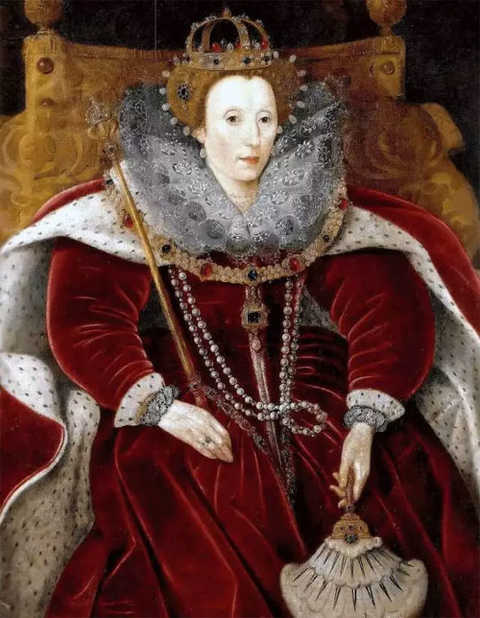
On the left is the work of the painter Pompeo Batoni in 1758. The painting may be a nobleman, wearing a red velvet robe. On the right is the 1850 work "Woman wearing a velvet coat."
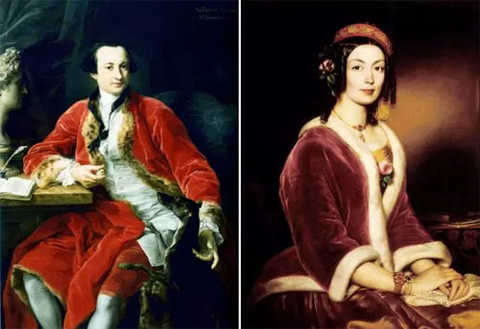
What everyone doesn't know is that this kind of fabric that has been popular in Europe is actually a "made in china". As early as the Warring States Period, velvet was discovered in Chinese silk workshops. In the Ma Tomb No. 1 Han Tomb, a piece of geometric velvet circle brocade from the Western Han Dynasty was also unearthed.
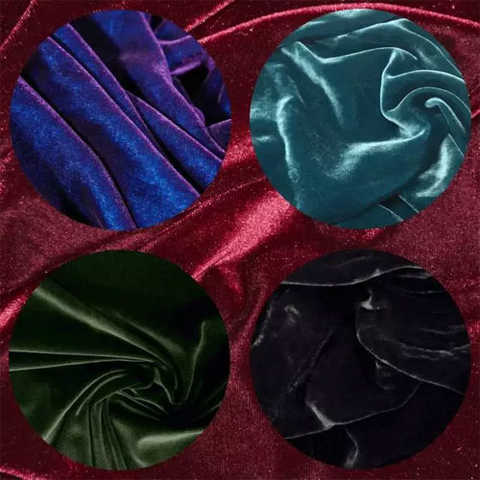
Later, the Europeans were completely tempted by the touch of velvet fabrics. In the late Middle Ages, with the rapid development of their looms, the velvet fabrics were pushed to glory. The most luxurious version is to weave gold and silver yarn into the fabric to make clothes. This is why it is not expensive to wear velvet at that time.
With such a classic and popular element, HANXU continues to make its infinite sublimation while retaining the retro tonality while incorporating the new era design techniques, giving the vintage elements a new look.
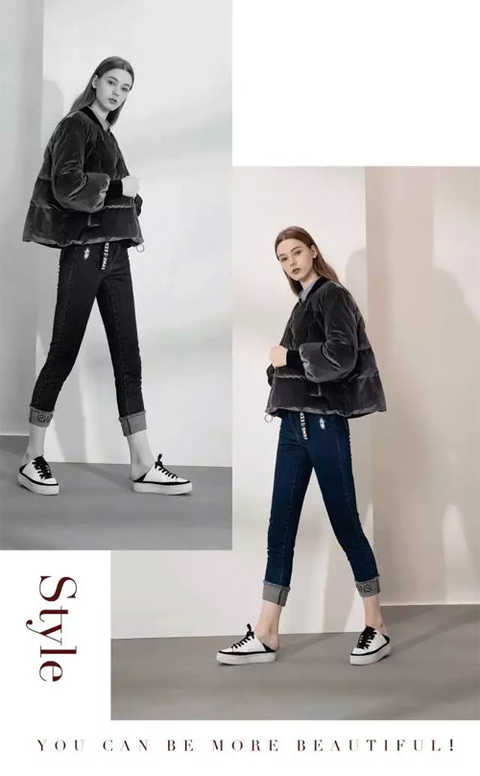
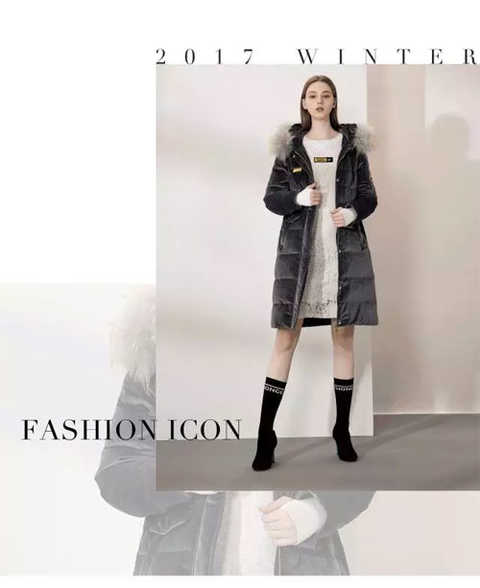
The silver-gray velvet down jacket comes with noble DNA that presents a low-key luxury look. Comfortable bread dress design The entire piece of clothing has a feeling of being filled up, and the medium and long version makes you warm the whole winter.
Enter the Korean Order Brand Center
Thermal Bonded Non Woven Fabric
What is thermal bonded non-woven fabric?
Thermally bonded non-woven fabrics are non-woven materials produced by heating and melting low-melting fibers (polyester, polypropylene, etc.) in an oven during the production process, and then solidifying into a network after cooling. Thermally bonded non-woven fabrics are manufactured on the principle that where two or more fibers intersect, the low-melting fibers can be heated to melt each other, and when the fibers cool, they will be bonded, resulting in fabric strength and properties.
Thermally bonded non-woven fabrics are widely used in snow boot insulation cotton, sofa filling materials, pillow filling materials, quilts and other products, etc.
Thermal Bonding Of Nonwoven Fabrics,Thermal Bond Nonwoven Fabric,Thermally Bonded Nonwoven Geotextile,Thermal Bonded Nonwoven,Spunbond Nonwoven
Huamaotek Nonwoven Co., Ltd , https://www.hmnonwoven.com
![<?echo $_SERVER['SERVER_NAME'];?>](/template/twentyseventeen/skin/images/header.jpg)